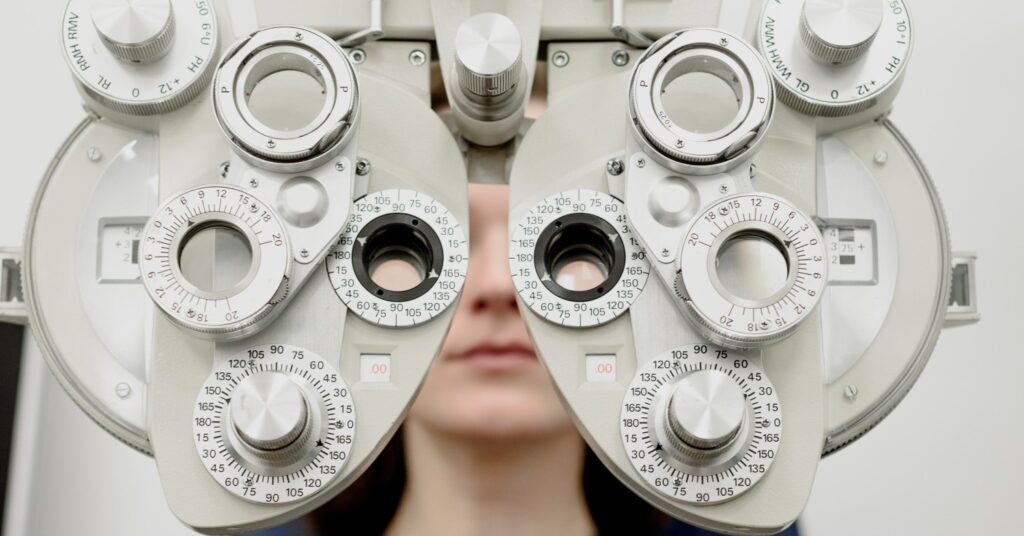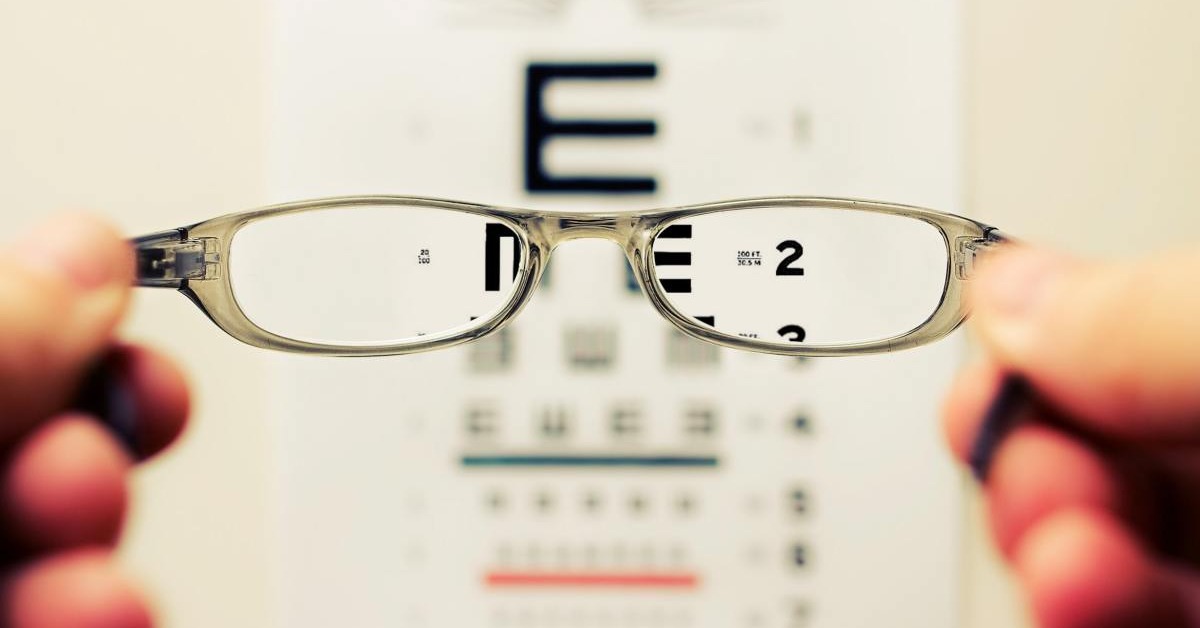
Why Become a Sports Vision Optometrist?
Sports vision optometrists work with patients at all levels, including [...]

What do medical doctors (MD), licensed nurse practitioners (LPN), and doctors of optometry (OD) have in common? Years of education, clinical training, licensure, and board certifications to earn those esteemed credentials—and potential six-figure salaries.
According to new research conducted by Indeed, healthcare jobs are on the rise. The website’s list of ten best jobs for 2022 includes registered nurse (RN), optometrist, pharmacist (PharmD), and nurse practitioner (NP).
Becoming a licensed or certified healthcare professional requires a significant commitment that continues beyond classroom instruction. Completing the journey can take 9 to 15 years, including:
Optometry—the profession Indeed ranks second among its best jobs—serves an essential function in the healthcare industry. That’s because eye health ties into overall health. Optometrists examine and diagnose ocular diseases and can detect more severe health issues such as diabetes, cancer, and other conditions through a comprehensive eye exam.
Much like other healthcare professionals, doctors of optometry must complete advanced education, clinical training, and a residency program, all of which can tack on an additional four to five years following undergraduate study. Fortunately, optometry schools embed their clinical training requirement within the four-year program, with an optional one-year residency program for continued training in a specific focus area within the eye care industry.
So, how many years does it take to become an optometrist? This article delves into that question and discusses the following:
The role of a practicing optometrist extends much further than your annual eye exam. Their range of practice can cover routine appointments like vision screenings or more complex responsibilities like examining, diagnosing, and treating ocular diseases like glaucoma, cataracts, diabetic retinopathy, and other vision problems. Additional duties include:
Optometrists—often confused with opticians or ophthalmologists—are the leading primary vision care providers who assess overall eye health.
When you walk into your eye doctor’s office—whether a retail chain or private practice—the first person you interact with upon check-in for your appointment is likely an optician. Opticians are customer-service-oriented eye care industry professionals. Some of their services include:
Unlike optometrists, opticians are not doctors; their role does not require extensive education through optometry school or residency training. Instead, most opticians carry a high school diploma or an associate’s degree and have one to two years of on-the-job training.
Optometrists and ophthalmologists share some duties and responsibilities. The primary distinction between these roles is that ophthalmologists can conduct eye surgery and other specialized treatments. Dr. Robert C. Layman, president of the American Optometric Association, explains the difference this way: “Think of the optometrist as the internist of the eye, diagnosing and treating early disease and the ophthalmologist as the surgeon treating more advanced diseases of the eye.”
Education requirements for the two professions also differ. In addition to an undergraduate degree, optometrists must also obtain a Doctor of Optometry (O.D.) degree. Ophthalmologists must have an undergraduate degree, four years of medical school, and four to five years of residency training. At least 36 calendar months of the residency program must focus on ophthalmology training.
How many years does it take to become an optometrist?
Aspiring optometrists can expect to dedicate approximately eight years of classroom instruction combined with clinical training, followed by an additional one-year residency program to focus on a specialization.
Optometrists must have a bachelor’s degree, preferably pre-medical or science-related. Alternatively, you can take undergraduate coursework that satisfies the prerequisites of most optometry programs.
You’ll also need to obtain a Doctor of Optometry degree from an accredited program. The New England College of Optometry (NECO) offers this typical roadmap to your doctorate.
While most optometry programs take four years, few optometry schools, including the New England College of Optometry and the Salus University Pennsylvania College of Optometry, offer accelerated OD programs that take three years to complete.
All states require optometrists to obtain a license to practice. State boards have varied licensure requirements in addition to the three-part National Board of Examiners in Optometry exam. This comprehensive exam covers many skills and competencies learned during optometry school, including applied basic science, patient assessment and management, and clinical skills. Once you receive your license and the applicable certifications, you’ll need to maintain continuing education courses and credits to renew your license every two years.
Currently, the 23 accredited colleges and schools of optometry only offer on-campus learning without an online or hybrid option. However, membership-based associations, such as the American Optometric Association (AOA), the Association of Schools and Colleges of Optometry (ASCO), and the American Academy of Optometry (AAO), offer educational opportunities online. Though these offerings cater more to practicing optometrists seeking continuing education credits needed to renew their licenses, aspiring optometrists can get a glimpse into optometry as a career.
The landscape is changing, however. The New England College of Optometry is taking steps toward becoming the first optometry school and doctoral-level institution to provide an O.D. through a hybrid program. The school hopes to launch its first online class in the fall of 2023.
The U.S. Bureau of Labor Statistics (BLS) projects an annual average of about 1,700 openings for optometrists over the decade. If you’re considering a career in optometry, now is the time to decide whether you’re willing to commit to the years of education, clinical training, and lifelong learning to land a role in the growing healthcare industry. It’ll take time to earn your credentials but there should be opportunities available when you do.
(Last Updated on February 26, 2024)
Questions or feedback? Email editor@noodle.com

Sports vision optometrists work with patients at all levels, including [...]

Future health professionals considering the field of eyecare may well [...]

American students can choose from among 24 accredited Doctor of [...]

Cornea and contact lens optometrists are highly educated practitioners; they [...]

Roughly one in four optometry students pursue a residency after [...]
Categorized as: Medicine, Optometry, Nursing & Healthcare